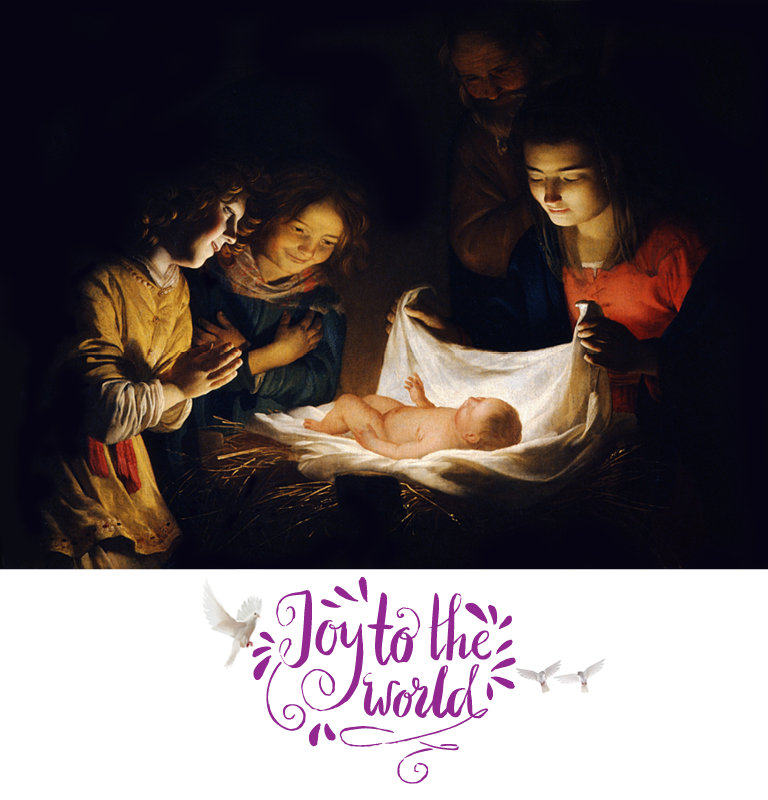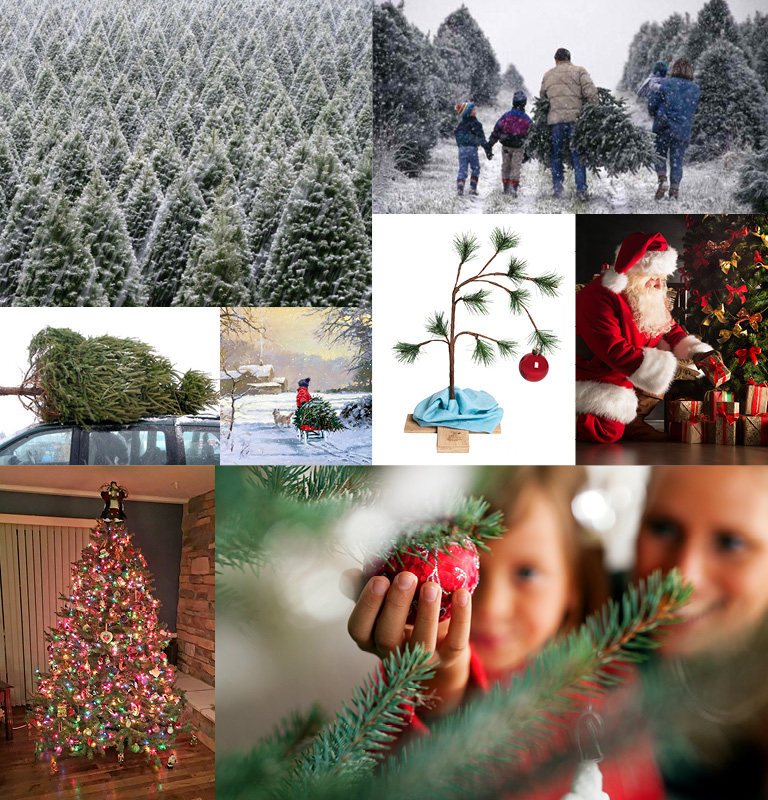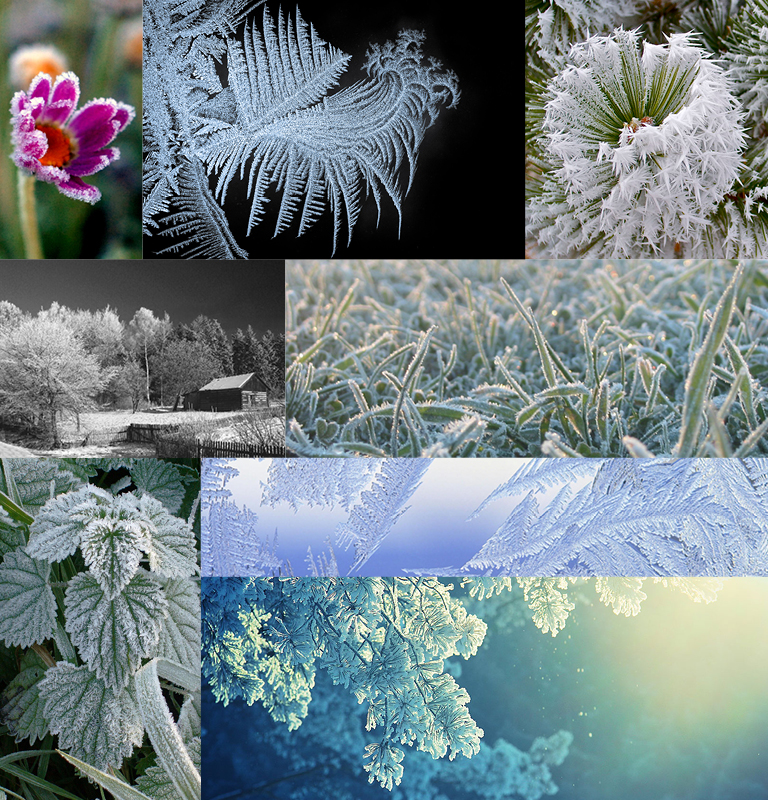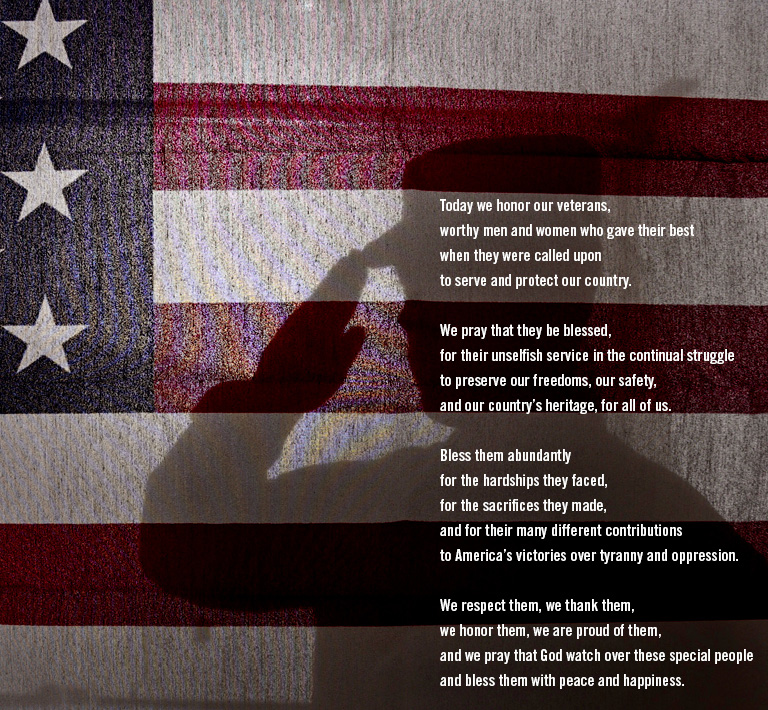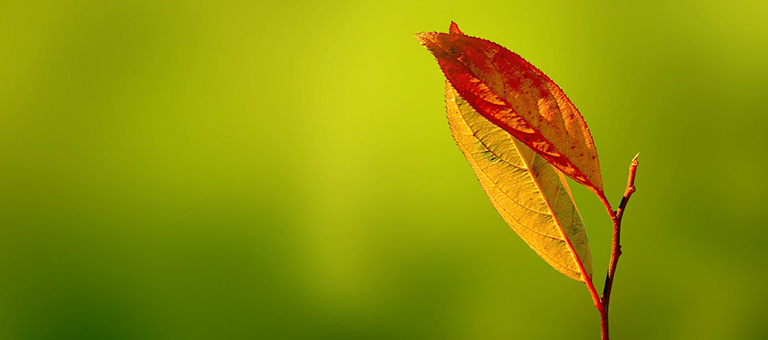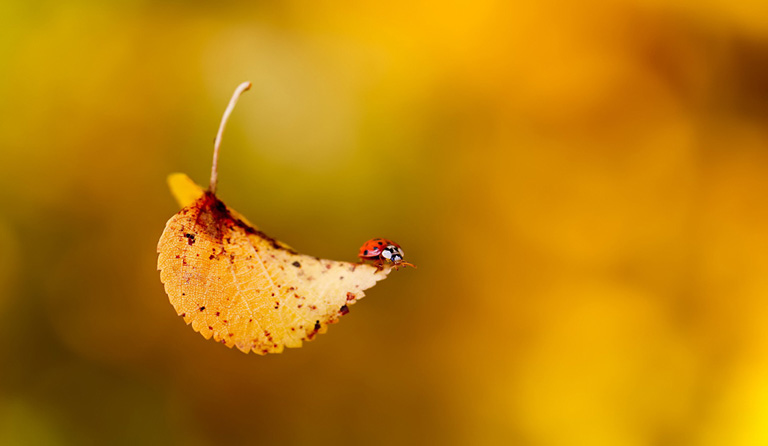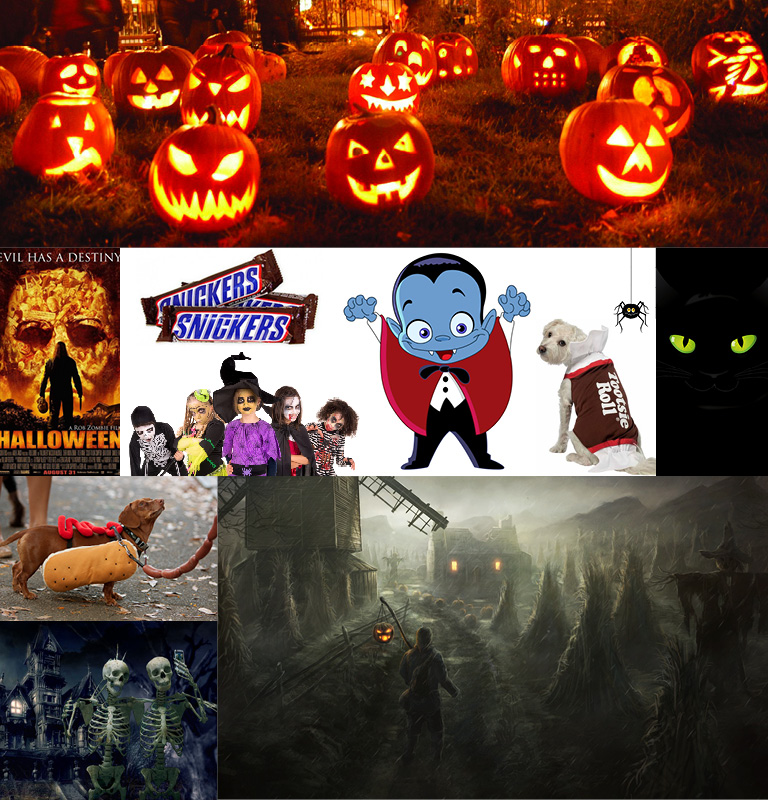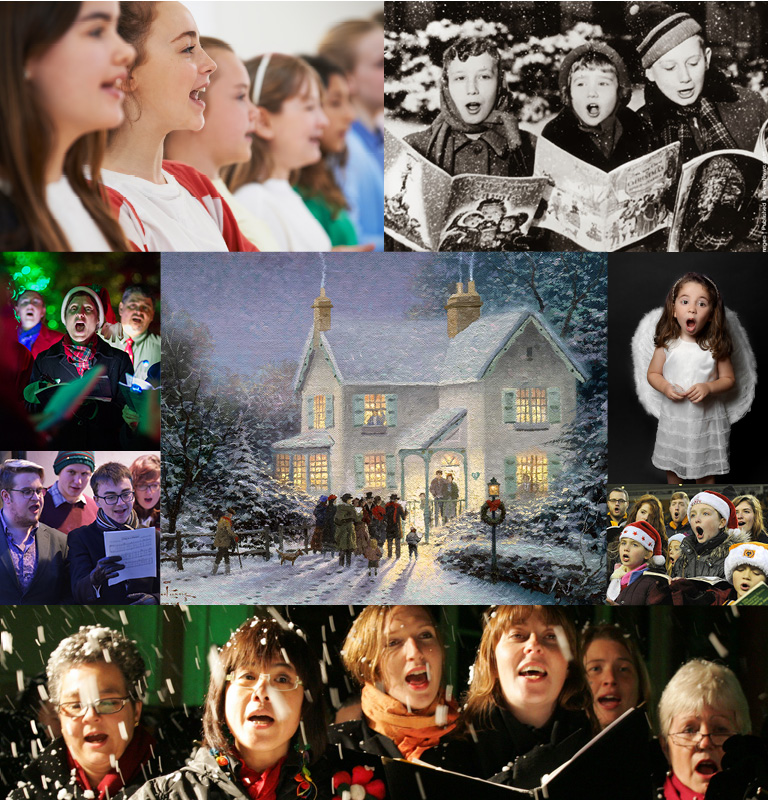
Caroling all around the land. The center image is titled “Evening Carolers” by the remarkable American painter Thomas Kinkade. (January 19, 1958 – April 6, 2012) Prints of his work are available HERE.
One of the things I love most about the Christmas season is the carols (oh yea, and the food). Not one to be blessed with a magnificent voice (think howling dog with a sore paw), I’m not afraid to sign along in church, (as long as those around me are loud enough to drown me out). I do the same thing in the car when the songs come on the radio – I crank the volume and let ‘er rip. I’m usually good with the first verse, and then the others become “mmm, mmm”.
These songs bring back wonderful memories of when my daughters were growing up. When our youngest daughter was 3 years old, my wife started what would become a wonderful tradition for all of us. – A Christmas Caroling party. Our four daughters would invite a bunch of their friends for an evening of singing Christmas Carols throughout the neighborhood. We went with the girls, rain or snow no matter what the weather! After caroling we would return home for hot chocolate (multiple crockpots full!) and Christmas cookies. Over the years we would have as many as 60 girls from middle school through high school all singing Christmas Carols. We would have to serve the hot chocolate in shifts! Then Jackie and I would sit back and watch the different groups just hang out and chat. This tradition lasted until our “baby” was out of high school.
Here is some fun trivia on caroling, (special thanks to James Cooper at whychristmas.com for the info) and the history behind some of my favorites – enjoy!
- Carols were first sung in Europe thousands of years ago, but these were not Christmas Carols. They were pagan songs, sung at the Winter Solstice celebrations as people danced round stone circles.
- The word Carol actually means dance or a song of praise and joy! Carols used to be written and sung during all four seasons, but only the tradition of singing them at Christmas has really survived.
- Early Christians took over the pagan solstice celebrations for Christmas and gave people Christian songs to sing instead of pagan ones.
- In 129, a Roman Bishop said that a song called “Angel’s Hymn” should be sung at a Christmas service in Rome. Another famous early Christmas Hymn was written in 760, by Comas of Jerusalem, for the Greek Orthodox Church. Soon after this, many composers all over Europe started to write ‘Christmas carols’.
- Back then, not many people liked the church versions, as they were all written and sung in Latin, a language that the normal people couldn’t understand.
- By the time of the Middles Ages (the 1200s), most people had lost interest in celebrating Christmas altogether, and the carol songs fell out of fashion.
- This was changed by St. Francis of Assisi when, in 1223, he started his Nativity Plays in Italy. The people in the plays sang songs or ‘canticles’ that told the story during the plays. Sometimes, the choruses of these new carols were in Latin; but normally they were all in a language that the people watching the play could understand and join in!
- The new carols spread to France, Spain, Germany and other European countries. Also, at this time, many orchestras and choirs were being set up in the cities of England and people wanted Christmas songs to sing, so carols once again became popular, such as ‘Good King Wenceslas’.
- The earliest carol was written in 1410. Sadly, only a very small fragment of it still exists. The carol was about Mary and Jesus meeting different people in Bethlehem. Most Carols from this time and the Elizabethan period are untrue stories, very loosely based on the Christmas story, about the holy family and were seen as entertaining rather than religious songs. They were usually sung in homes rather than in churches.
- Traveling singer or Minstrels started singing these carols and the words were changed for the local people wherever they were traveling. One carols that changed like this is ‘I Saw Three Ships’ (see history below).
- When Oliver Cromwell and the Puritans came to power in England in 1647, the celebration of Christmas and singing carols was stopped. However, the carols survived as people still sang them in secret. Carols remained mainly unsung until Victorian times, when two men called William Sandys and Davis Gilbert collected lots of old Christmas music from villages in England.
- Before Carol singing in public became popular, there were sometimes official carol singers called ‘Waits’. These were bands of people led by important local leaders (such as council leaders) who had the only power in the towns and villages to take money from the public (if others did this, they were sometimes charged as beggars!).
- Christmas Eve (This was sometimes known as ‘watchnight’ or ‘waitnight’ because of the shepherds were watching their sheep when the angels appeared to them.), was when the Christmas celebrations began, along with the carols.
- Many orchestras and choirs were set up in the cities of England, and people wanted Christmas songs to sing, so carols once again became popular.
- New carols services were created and became popular, as did the custom of singing carols in the streets. Both of these customs are still popular today! One of the most popular types of Carols services are Carols by Candlelight services. At this service, the church is only lit by candlelight and it feels very Christmassy! Carols by Candlelight services are held in countries all over the world.
The most famous type of Carol Service might be a Festival of Nine Lessons and Carols, where carols and Bible readings tell the Christmas Story. Here is the history behind three popular carols:
I Saw Three Ships
The tune of this carol is a traditional English folk song and the words of this carol (of which there are several versions) were written by wandering minstrels as they traveled through the country. In the original version of the carol, the Three Ships were the ones taking the supposed skulls of the wise men to Cologne cathedral in Germany. However, since the Middle Ages, when it was first written, there have been many different lyrics with different Bible characters being on the ships. The most common lyrics used today are about Mary and Jesus traveling to Bethlehem.
Good King Wenceslas
This carol was written in Victorian Britain by John Mason Neale to a traditional folk tune. It was written in the town of East Grinstead, in the county of West Sussex, at Sackville College where he was staying at the time. The story in the carol is about the King (or Duke) of Bohemia (an area in Central Europe which is now part of the Czech Republic) from over 1000 years ago, seeing peasants, on Boxing Day, from his castle and taking food and wood to them. The story in the carol was probably completely made up! In fact the real story of King Wenceslas (907-935) is rather unusual. Wenceslas’ father was the Duke of Bohemia and a Christian but it’s thought that his mother might have been a pagan. His father died when he was 12 and, as he was not old enough to become Duke until he was 18, his mother took control of the land as regent. During this time his grandmother, Ludmilla, took care of Wenceslas and brought him up as a Christian (she smuggled priests into the house to help teach him). It’s thought that His mother had Ludmilla banished to a distant castle where she was murdered by the Queen’s guards! Wenceslas was still a Christian after this and learned to read and write, something which was unusual for even a King/Duke in those days! He had local Bishops smuggled in at night to teach him the Bible. When he reached 18, Wenceslas took control of his dukedom. He then defended Bohemia from a couple of invasions by Dukes of neighboring regions and legend says that he banished his mother and her pagan followers from his castle. The (fictitious) story told in the song was written by a Czech poet Václav Alois Svoboda in 1847. He wrote many ‘manuscripts’ that tried to prove that Czech literature was much older and more developed than it really was. The poem was written in three languages, Czech, German, Latin, and was called ‘Sankt Wenceslaw und Podiwin’ (Saint Wenceslas and the Crocheteer). The Poem found its way into the UK in the 19th Century where JM Neale put the translated words to the tune of a 13th century spring carol ‘Tempus Adest Floridum’ (‘It is time for flowering’) that was came from a collection of old religious songs called ‘Piae Cantiones’ that was published in 1582 in Sweden/Finland!
Silent Night
The words of Silent Night were written by a Priest called Fr. Joseph Mohr in Mariapfarr, Austria, in 1816 and the music was added in 1818, by his school teacher friend Franz Xaver Gruber, for the Christmas service at St. Nicholas church in Oberndorf, Austria. Fr. Mohr asked Franz Gruber to compose the melody with a guitar arrangement. It was several years later that Franz Gruber wrote an arrangement for the organ. Historians who have conducted research in recent years believe that Fr. Mohr wanted a new carol that he could play on his guitar. There is a legend associated with the carol that says, Fr. Mohr wanted the carol to be sung by the children of the village at the midnight Christmas Eve service, as a surprise for their parents. But in the middle of practising, the organ broke and not a note would come from it! So the children had to learn the carol only accompanied by a guitar. They learnt the carol so well that they could sing it on its own without accompaniment. However, there are no records to indicate that a children’s choir was involved or that the organ was broken! At Midnight Mass in 1818, Fr. Mohr and Franz Gruber sang each of the six verses with the church choir repeating the last two lines of each verse. Mohr set down the guitar arrangement on paper around 1820 and that is the earliest manuscript that still exists. It is displayed in the Carolino Augusteum Museum in Salzburg. There are a number of manuscripts of various ‘Stille Nacht’ arrangement that were written by Franz Gruber in later years. The original words of the song were in German (and it was called ‘Stille Nacht! Heilige Nacht’) and translated in to English went:
Silent night, holy night,
Bethlehem sleeps, yet what light,
Floats around the heavenly pair;
Songs of angels fills the air.
Strains of heavenly peace.
It’s thought that the song might have traveled around the area with an organ repairman, Karl Mauracher, who could have taken an early arrangement with him in about 1820. Then two singing families (like the ‘Von Trappes’ in The Sound of Music) seem to have discovered the song and performed it as part of their concerts. In December 1832, the Strasser family performed it at a concert in Leipzig. It was first performed in the USA in 1839 by the Rainer family, who sang ‘Stille Nacht’ at the Alexander Hamilton Monument outside Trinity Church in New York City. During this time the tune changed to the one we know and sing today! It was translated into English in 1863 by John Freeman Young. The carol was sung during the Christmas Truce in the First World War in December 1914 as it was a song that soldiers on both sides knew! By the time that the carol was famous, Fr Mohr had died. Franz Gruber wrote to music authorities in Berlin saying that he had composed the tune, but no one believed him and it was thought that Haydn, Mozart or Beethoven had written it! But then the 1820 manuscript was found and in the top right corner Fr Mohr had written: ‘Melodie von Fr. Xav. Gruber.’.
It’s now one of the most, if the the most, recorded songs in the world!


